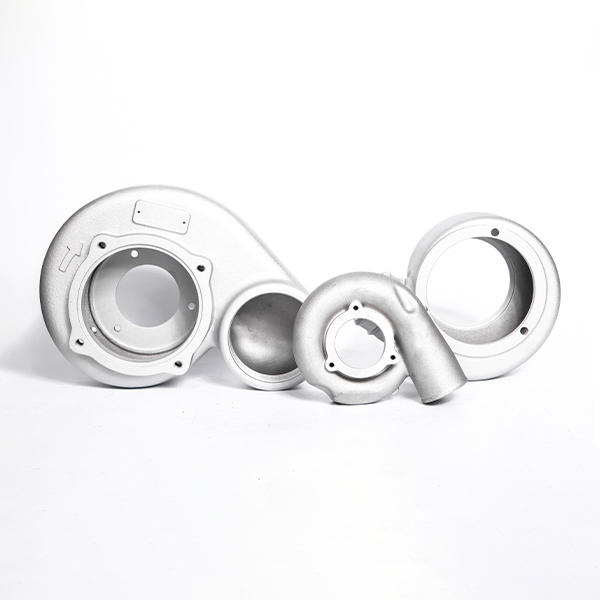Mobile:+86-311-808-126-83
Email:info@ydcastings.com
Types of Impellers in Centrifugal Compressors and Their Applications
Understanding Centrifugal Compressor Impeller Types
Centrifugal compressors are widely utilized in various industries for their efficiency in converting kinetic energy into pressure. At the heart of these machines lies the impeller, a crucial component that significantly influences performance. There are several types of centrifugal compressor impellers, each designed for specific applications and operating conditions. Understanding these impeller types can help engineers and operators select the right compressor for their needs.
1. Open Impeller
Open impellers are characterized by their absence of a shroud on the suction side. This design facilitates easier cleaning and maintenance, making open impellers ideal for applications involving fluids with particulates or other contaminants. Their simple structure allows for higher efficiency at low flow rates, but they may experience higher turbulence and should only be used in specific conditions where cavitation is less likely to occur.
In contrast to open impellers, closed impellers feature a shroud covering both the suction and discharge sides. This design allows for more stable operation and is efficient across a wide range of flow conditions. Closed impellers are more commonly used in high-pressure applications since the shroud provides structural integrity, reducing the risk of damage or failure. They are well-suited for processes requiring consistent performance and are often favored in industrial applications.
centrifugal compressor impeller types

3. Semi-Closed Impeller
Semi-closed impellers combine elements of both open and closed designs. They have a shroud on the discharge side but are open on the suction side. This configuration balances the benefits of stability and ease of maintenance. Semi-closed impellers are versatile and can handle a variety of fluids, making them suitable for applications that involve fluctuating inlet conditions. Their efficiency makes them a good choice for both liquid and gas transport.
4. Back-to-Back Impeller
Back-to-back impellers involve two impellers mounted on a single shaft, facing opposite directions. This design effectively doubles the pressure rise in a compact space, which is beneficial for specific industrial applications where space is limited. Back-to-back impellers are typically used in systems requiring high pressure in a limited footprint, such as in petrochemical plants or in specific HVAC applications.
Conclusion
Choosing the right centrifugal compressor impeller type is crucial for optimizing system performance. Open, closed, semi-closed, and back-to-back impellers each have unique advantages and limitations based on the specific operational requirements. Understanding these types allows engineers to design systems that maximize efficiency while meeting the demands of various applications, from process industries to power generation. As technology advances, the design and material of centrifugal compressor impellers continue to evolve, enhancing performance and reliability in increasingly diverse applications.
-
Understanding Metal Casting TechniquesNewsApr.02,2025
-
Understanding Exhaust Manifolds for Enhanced Engine PerformanceNewsApr.02,2025
-
The World of Metal FabricationNewsApr.02,2025
-
Key Components for Pump and Turbo EfficiencyNewsApr.02,2025
-
Essential Tools for Automotive Maintenance and RepairNewsApr.02,2025
-
Durable Valve Components for Effective Water ManagementNewsApr.02,2025











